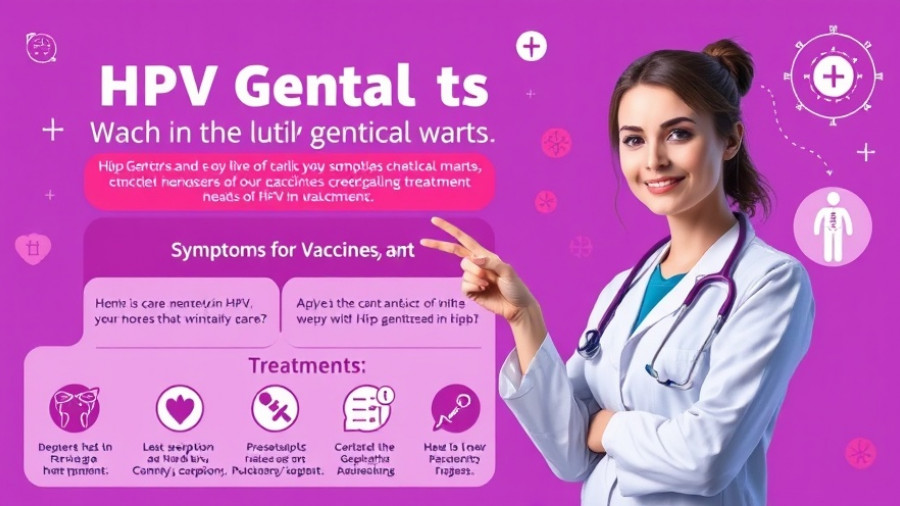
Understanding HPV and Its Implications for Health
Human Papillomavirus (HPV) is an STI that has significant implications for sexual health, particularly in its potential to lead to conditions like genital warts and cervical cancer. Because there are over 100 strains of the virus, it’s crucial to understand the specific types associated with these health issues—mainly HPV strains 6 and 11, which are noted for causing genital warts, and strains 16 and 18, known for their link to cervical cancer.
In HPV Genital Warts Treatment, Vaccine, Symptoms, Nursing STI NCLEX Review | Human Papillomavirus, the discussion dives into the crucial aspects of HPV, exploring key insights that sparked deeper analysis on our end.
Transmission: How HPV Spreads
HPV is primarily transmitted through intimate skin-to-skin contact, and although it’s often linked to sexual activity, the virus can also spread during childbirth. This transmission route is rare, but when it occurs, it can potentially lead to respiratory papillomatosis in newborns. This alarming condition can necessitate medical intervention to keep a child’s airways clear.
Recognizing Signs and Symptoms
Patients might often be asymptomatic, meaning they carry the virus without displaying any noticeable symptoms. For those who do experience symptoms, HPV can present in the form of warty growths resembling a rough cauliflower texture—these growths can be painless, although they may bleed during sexual activity or become irritated.
Screening and Prevention Strategies
Screening for HPV is vital, particularly because certain strains can lead to serious health issues. Current guidelines recommend routine pap smears and HPV testing for individuals aged 21 and above. Vaccines like Gardasil 9 can significantly reduce the risk of acquiring the virus, especially when administered around ages 11 to 12.
The Importance of Education and Awareness
As healthcare professionals and nursing students, educating patients about HPV is essential to promoting public health. Topics such as proper condom use, the implications of genital warts during pregnancy, and screening recommendations can empower patients to take proactive steps in managing their sexual health.
Addressing HPV might seem daunting, but understanding its transmission, symptoms, treatment, and prevention can significantly improve health outcomes. For healthcare workers in Uganda and East Africa, staying informed about these topics allows us to better support our patients and foster healthier communities.
Being aware of HPV is more than just a medical issue—it's a critical aspect of supporting the well-being of our future generations. Let’s continue our education and advocacy efforts in this vital area of public health.
 Add Row
Add Row  Add
Add 


Write A Comment